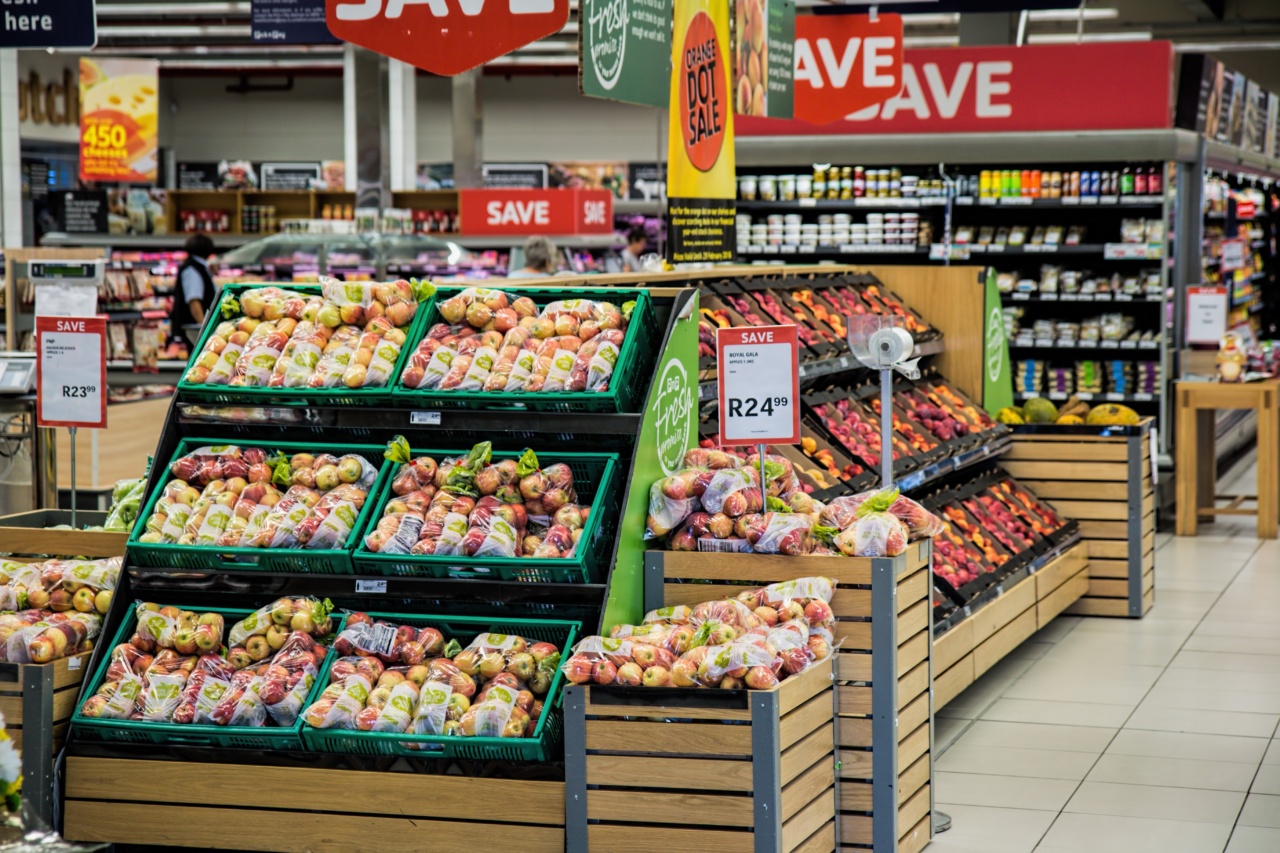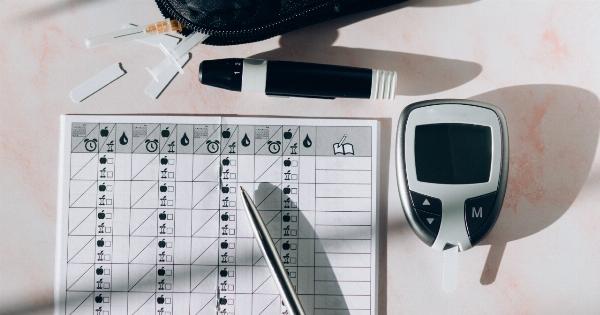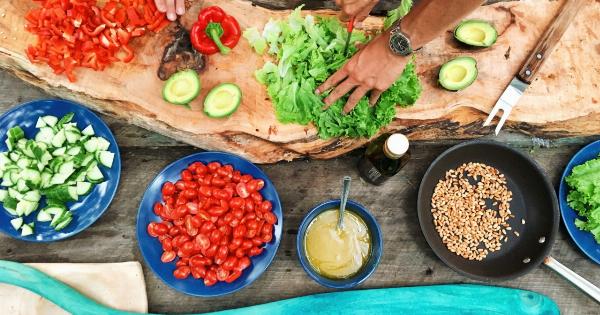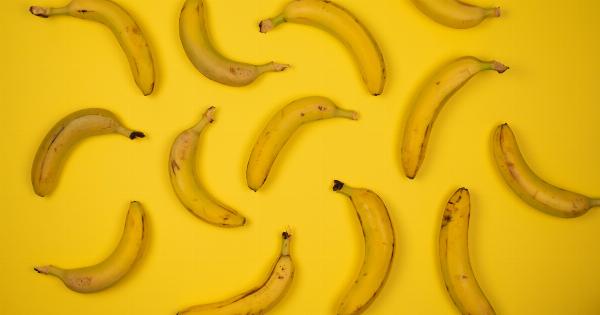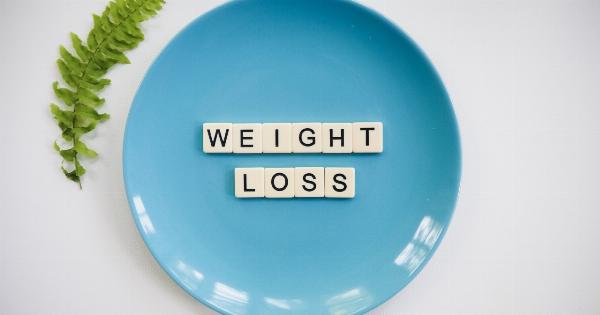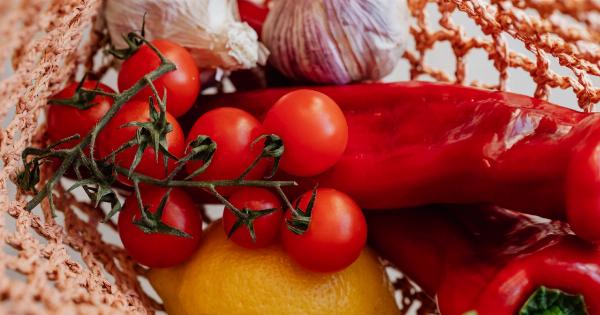Lent is an important time of year where we reflect on our faith. Fasting and abstaining from meat on Fridays are traditions that many Catholics observe during this time.
If you’re new to fasting, it can be challenging to know what foods to buy at the grocery store. The Prolepsis Institute has put together a guide to fasting food shopping for Lent to help make your journey easier.
1. Plan Ahead
The first step in fasting food shopping for Lent is planning ahead. Having a meal plan for the week will help you stick to your fasting goals and avoid the temptation to break your fast.
Take a few minutes to plan out meals and snacks for the week, and create a grocery list of the ingredients you’ll need.
2. Choose Protein Alternatives
During Lent, Catholics abstain from eating meat on Fridays. However, this doesn’t mean you have to go without protein in your diet. There are many alternatives to meat that you can incorporate into your meals.
Consider adding beans, lentils, tofu, or quinoa to your diet to get the protein your body needs.
3. Choose Fish High in Omega-3s
If you choose to eat fish during Lent, opt for varieties that are high in omega-3 fatty acids. These fatty acids are important for your heart health and have been shown to reduce the risk of heart disease.
Good fish options include salmon, sardines, and tuna.
4. Stock Up on Vegetables
Vegetables should be a staple in your diet during Lent. They’re high in nutrients, low in calories, and can help you feel full longer. Stock up on a variety of vegetables like broccoli, cauliflower, carrots, spinach, and kale.
If possible, buy fresh and in-season to get the most nutrients and flavor.
5. Buy Whole Grains
Whole grains are an important part of a healthy diet, and they’re a great option during Lent. They’re high in fiber, which can help keep you feeling full longer, and they provide your body with important vitamins and minerals.
Some good options include brown rice, quinoa, whole-wheat pasta, and whole-grain bread.
6. Choose Healthy Fats
Fats are an important part of a healthy diet, but not all fats are created equal. During Lent, choose healthy fats like olive oil, avocado, nuts, and seeds. These fats can help reduce inflammation in the body and improve heart health.
7. Avoid Processed Foods
Processed foods can be high in salt, sugar, and unhealthy fats – all things that can go against your fasting goals. Avoid processed foods and opt for whole foods whenever possible.
This will not only help you stick to your fasting goals, but it will also improve your overall health.
8. Purchase Healthy Snacks
Snacking can be a challenge when you’re fasting, but it’s important to have healthy snack options on hand. Some good options include fruits, vegetables with hummus, nuts, and seeds.
These snacks are nutrient-dense, filling, and can help sustain you throughout the day.
9. Get Creative in the Kitchen
It can be easy to get stuck in a food rut during Lent, but getting creative in the kitchen can help make fasting more enjoyable. Look for new recipes to try and experiment with different flavors.
The internet is a great resource for finding new and exciting recipes.
10. Don’t Forget to Hydrate
Staying hydrated is important during Lent, especially if you’re fasting. Make sure to drink plenty of water throughout the day, and consider incorporating herbal teas into your diet as well.
Avoid sugary drinks and opt for water as your primary source of hydration.
Following these tips can help make fasting food shopping for Lent easier and more enjoyable. Remember to plan ahead, choose healthy food options, and get creative in the kitchen.
By doing so, you’ll stay on track with your fasting goals and improve your overall health.
